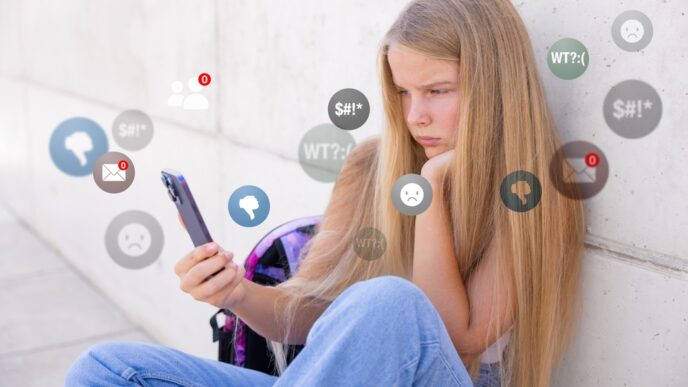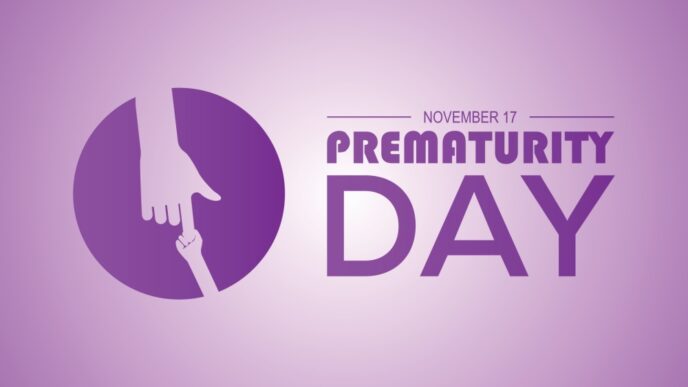We live in a world where teenagers feel everything yet express almost nothing. Between social media dopamine hits and endless scrolling, emotional growth is getting stunted. This article explores how our hyperconnected lives are quietly rewiring teenage emotions and what it takes to help them feel again.
WORDS ASSOCIATE PROFESSOR DR NOR ‘IZZATI SAEDON
 FEATURED EXPERT FEATURED EXPERTASSOCIATE PROFESSOR DR NOR ‘IZZATI SAEDON Consultant Geriatrician UM Specialist Centre (UMSC) |
THE REAL AND THE DIGITAL
Today’s teenagers live in two worlds: the real and the digital.
- The trouble is the bridge separating them is starting to crumble.
- More young people are showing signs of emotional fatigue: short tempers, impulsive reactions, and a sense of inner numbness.
- These aren’t just “teen moods”. They are warning signs of emotional stagnation in a digital age that never switches off.
According to the Handbook of Emotion Regulation, adolescence is when emotional intelligence should blossom.
However, instant gratification and algorithm-driven engagement have replaced real emotional learning with fast, shallow reactions.
HOW THIS REWIRES THE BRAIN
Social media, gaming platforms, and short-form videos thrive on quick hits of dopamine.
- Every like, streak, or notification rewards immediate reaction — not learning or reflection. Over time, this rewires the teenage brain.
- Research shows that this environment overstimulates the limbic system, or the brain’s emotion centre, therefore causing emotions to flare faster.
- It also dulls the prefrontal cortex, which is responsible for reasoning, leading to weakened ability to make decisions and self-regulate one’s behaviour.
Constant connectivity also shortens attention spans and tolerance for discomfort.
When quick gratification is always one tap away, patience and empathy have no room to grow.
EMOTIONAL SUPPRESSION: ANOTHER CONSEQUENCE OF BEING TERMINALLY ONLINE
Social media encourages teens to curate perfection, but not authenticity.
Vulnerability is masked by filters and emojis, while negative emotions are quietly buried.
- The Handbook of Emotion Regulation points out that suppression — the act of hiding emotions — is one of the most damaging coping habits.
- A notable study found that teens who regularly bottle up their feelings often suffer greater inner distress and outward aggression.
It’s a strange paradox: teens seem expressive online, but much of it is surface level.
Behind the posts, many are emotionally disconnected, unsure of what they truly feel.
TOO MUCH SCREEN TIME KEEPS THE BODY FROM EXPRESSING EMOTIONS THROUGH MOVEMENT AND THIS IS NOT GOOD
Emotions aren’t just mental — they’re physical.
- Movement, touch, and facial expression help release and regulate feelings.
- However, endless hours of sitting and scrolling mute the body’s natural emotional language.
Lack of movement traps emotions in a mental loop, building frustration and tension.
- A 2024 study Zhang found that dance movement therapy can help restore emotional balance by reuniting body and mind.
- If teens only “express” through thumbs and screens, their emotions never get the physical outlet they need to heal.
SOCIAL MEDIA TRAINS ONE TO EXPECT EASY, QUICK REWARDS AND SOLUTIONS
Technology conditions us to expect fast satisfaction — one tap, one swipe, one quick fix.
- According to Gross’s process model of emotion regulation, avoiding discomfort blocks emotional learning.
- When young people scroll away from sadness, boredom, or anger, they miss the chance to build resilience and empathy.
- Over time, the algorithm becomes their emotional teacher — one that rewards speed over self-reflection.
WHAT CAN WE DO TO HELP OUR KIDS RECLAIM THEIR HUMANITY?
We don’t need to abandon technology — we just need to humanize it.
Psychology experts Gross and Ford suggest strategies like mindfulness, reappraisal, and perspective-taking to help restore emotional regulation.
Families and educators can help by:
- Creating tech-free zones for real conversation.
- Encouraging physical activity to reconnect body and emotion.
- Teaching digital literacy, so teens recognize emotional manipulation online.
- Expanding emotional vocabulary, helping them name feelings instead of acting them out.
When emotional education evolves alongside technology, then a balance between tech and humanity can be achieved.
CONCLUSION
Teenagers today aren’t emotionally weak but they’re neurologically overwhelmed.
Gadgets, isolation, and constant stimulation have created a generation that feels deeply but expresses shallowly.
The goal isn’t to cut the cord, but to help them pause before reacting, breathe before posting, and feel before scrolling.
Only then can this digital generation rediscover what it truly means to grow — emotionally and humanly.
| This article is part of our series on parenting. |
References:
- Gross, J. J., & Ford, B. Q. (Eds.). (2024). Handbook of emotion regulation (3rd ed.). Guilford Press.
- Gross, J. J. (1998). The emerging field of emotion regulation: An integrative review. Review of General Psychology, 2(3), 271–299.
- Lonigro, A., Longobardi, E., & Laghi, F. (2022). The interplay between expressive suppression, emotional self-efficacy and internalizing behavior in middle adolescence. Child & Youth Care Forum, 52(1), 253–265. https://doi.org/10.1007/s10566-022-09685-x
- Silvers J. A. (2022). Adolescence as a pivotal period for emotion regulation development. Current Opinion in Psychology, 44, 258–263. https://doi.org/10.1016/j.copsyc.2021.09.023
- Zhang, X., & Wei, Y. (2024). The role of dance movement therapy in enhancing emotional regulation: A literature review. Heliyon, 10(15), e35733. https://doi.org/10.1016/j.heliyon.2024.e35733











